Exploring Gorizia and Nova Gorica: A Tale of Culture and Smuggling
The tour group gathers at Piazza della Transalpina, located in front of a recently renovated Habsburg-era train station, gleaming under the bright sunlight. Our guide, Robert Peric, exudes an adventurous spirit reminiscent of Indiana Jones in an aviator jacket.
“I used to be a smuggler,” he shares, “and I will teach you how to be one too.”
We are in Gorizia, a quaint town near Trieste in northeastern Italy; moments later, we stroll across a street and unknowingly step into Nova Gorica in Slovenia, crossing an invisible border. This year, both towns share the title of European Capital of Culture, marking the first time a cross-border duo has been honored.
Nova Gorica, meaning “New Gorizia” in Slovenian, only emerged as a distinct town after 1947. Following World War II, the Allied Powers dispatched a committee to the lush region between the Karst plateau, the Alps, and the Adriatic Sea, tasked with determining the border between what was then Yugoslavia and Italy.
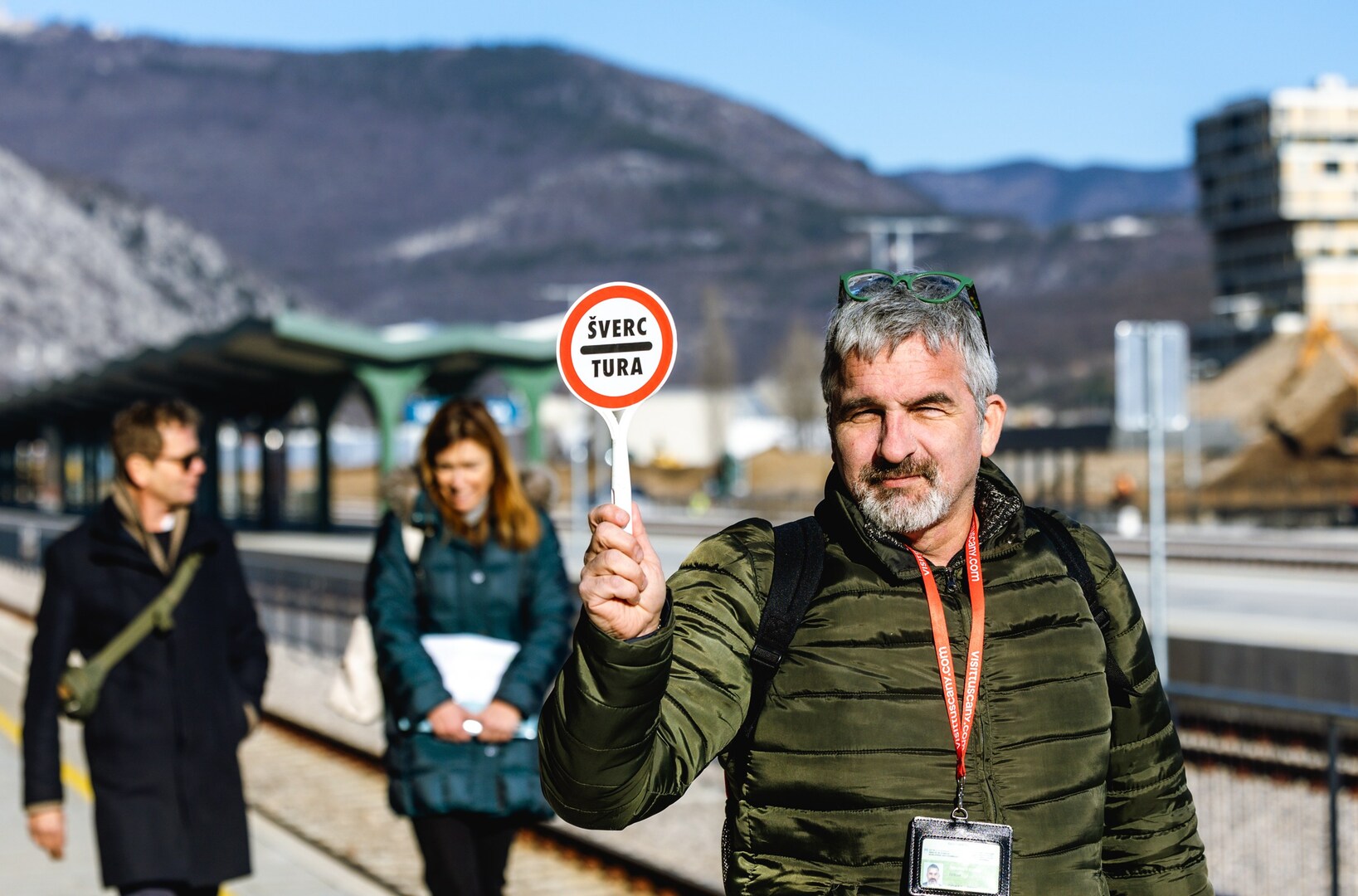
“The border was drawn with a ruler and pencil on a map,” recalls local historian Alessandro Cattunar over coffee in the station café. “It cut across farmers’ homes, schools, and even split a cemetery in two.” This arbitrary division forced families to choose their national allegiance, a decision that would have profound implications for generations.
The new border left much of Gorizia’s agricultural land and suburbs under Yugoslav control while the urban center remained in Italy, leading to a disparity in product availability and access to different global markets, inadvertently fostering a flourishing smuggling trade. People from all walks of life were involved: young or old, Italian or Yugoslav, wealthy or poor.
Today, both towns approach their smuggling history with a sense of humor. Visitors can embark on smuggling-themed tours, explore two small museums dedicated to smuggling and life during the Cold War—Prepustnica in Slovenia and Lasciapassare in Italy—and even participate in a smuggling-inspired escape room experience.

It seems that nearly everyone in Gorizia has a smuggling story. Coffee was a particularly sought-after commodity for Yugoslavs, with various items traded for it. Peric recounts how his mother would hide three kilograms of coffee in the back seat, urging her children to pretend they were asleep to evade customs inspection. Evelin Bizjak, another Slovenian guide, tells of a time her father’s broken-down car was miraculously fixed in hours after a bag of coffee was involved in the negotiations.
On our tour, we get a taste of smuggling ourselves. Given a copy of an old Playboy magazine to smuggle back to Yugoslavia, I feel a mix of nerves and excitement as I face a faux border guard, while a carefree American child in the group hides cash up his sleeves.
The customs officer inspects the person before me, skeptical of their loose-fitting jeans: “Suspicious. Roll up your trouser leg!” This nods towards the past obsession with brand-name Levi’s jeans, where creative methods were employed to smuggle pairs across the border.
Fortunately, my innocent demeanor convinces the guard, and I successfully smuggle the magazine through. The family-friendly two-hour tour offers a blend of fun and history, with adults and children engaging enthusiastically (adults £29, children £13). But historian Cattunar warns that beneath the playful facade of smuggling lie the darker aspects of history, including the violence under fascism and the foibe massacres, shedding light on how smuggling helped unite communities despite such tragedies.
Cattunar explains that this year’s Capital of Culture title has rekindled dialogue and cultural exchange between Gorizia and Nova Gorica. “We’ve realized it’s beneficial to embrace our mixed community, living on the border of different cultures and languages,” he comments. “We should highlight more than just the negatives of nationalism; we can also serve as a model for international relations.”
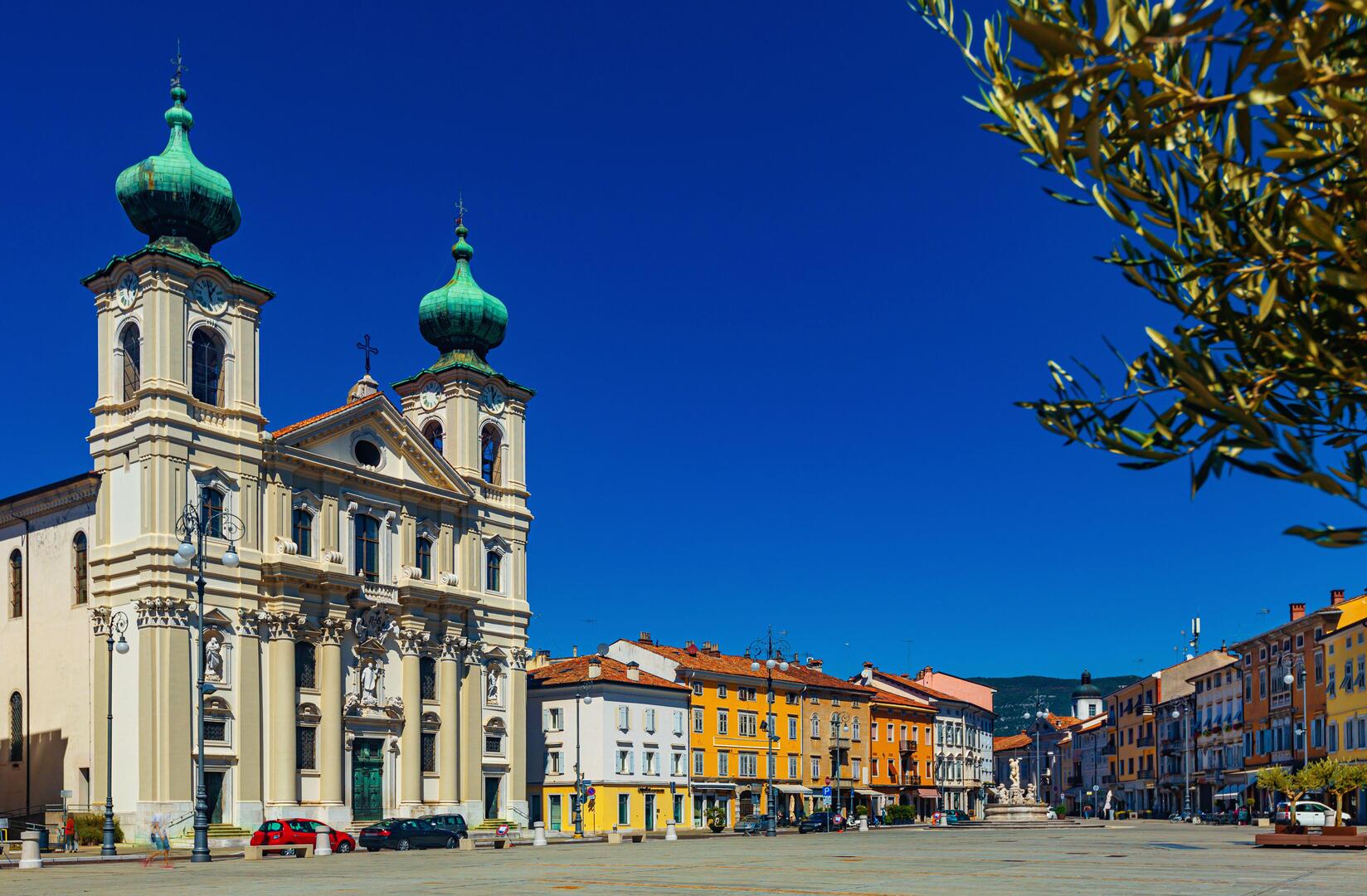
The abrupt separation of the communities in 1947 only served to further entrench political and cultural disparities. Prior to the war, there had been a level of linguistic fluidity, with Slovenians speaking Italian and vice versa. Nova Gorica, constructed as a new town, showcases stark architectural differences from Gorizia’s charming ochre buildings and cobbled streets, compared to Nova Gorica’s plain, Soviet-influenced layout. Locals now cross into each other’s towns freely, often seeking out better-priced goods.
Interesting, then, is the news that in mid-2024, as the towns launched their “GO! Borderless” initiative for the Capital of Culture, the Italian government implemented random border checks claiming it was to prevent terrorism and control unauthorized migration entering Europe through the Balkans. During our tour, we spot police monitoring vehicles at the border.
Remnants of war still haunt this landscape: World War II bomb fragments are often discovered in the nearby fields, and the prominent Sabatino hill overlooks Nova Gorica, featuring a Cold War-era sign reading TITO in bold letters. In 1917, Rudyard Kipling described the area, painting it as serene under a spectrum of colors, while today, Gorizia comes alive in spring with blooming cherry blossoms as the Isonzo river rushes through the fields, its waters vibrant with life.
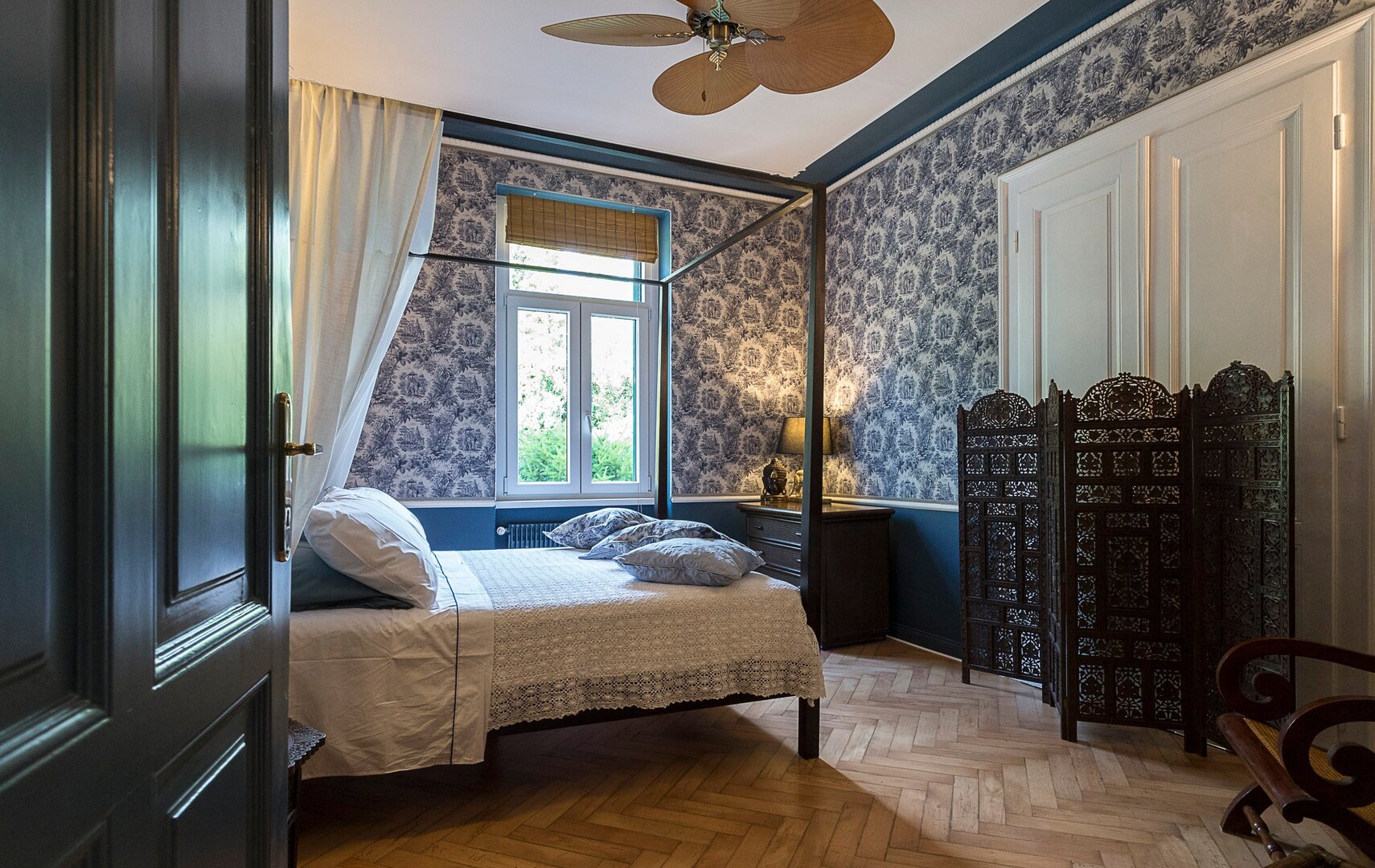
For those following Kipling’s footsteps, La Casa di Kipling offers a beautifully appointed apartment just a stroll from Gorizia’s center, complete with thoughtful amenities like make-up remover and toothbrushes. Owner Marilisa Bombi shares valuable local insights and can assist with arranging activities. Wine tastings in the nearby Collio region, famous for its unique terroir, are highly recommended.
The vineyards yield the floral and acidic Ribolla Gialla grape, celebrated for orange wines. At the Radikon family winery, owner Sasa graciously presents a selection of high-quality vintages in flawless English.
While Gorizia offers plenty for a long weekend stay, a day trip to Grado—a charming mini-Venice known for its lagoon—or outdoor adventures in Vipava Valley or kayaking in Solkan can greatly enhance the experience. The Kostanjevica Monastery, home to thousands of ancient texts and a beautiful rose garden with a view, is also worth a visit, as it serves as the resting place for the last members of France’s Bourbon royal family.
Recognized for symbolizing the end of the divide between East and West, Gorizia and Nova Gorica represent both European unity and its delicate nature, reminding us how quickly borders can return with a shift in political winds.
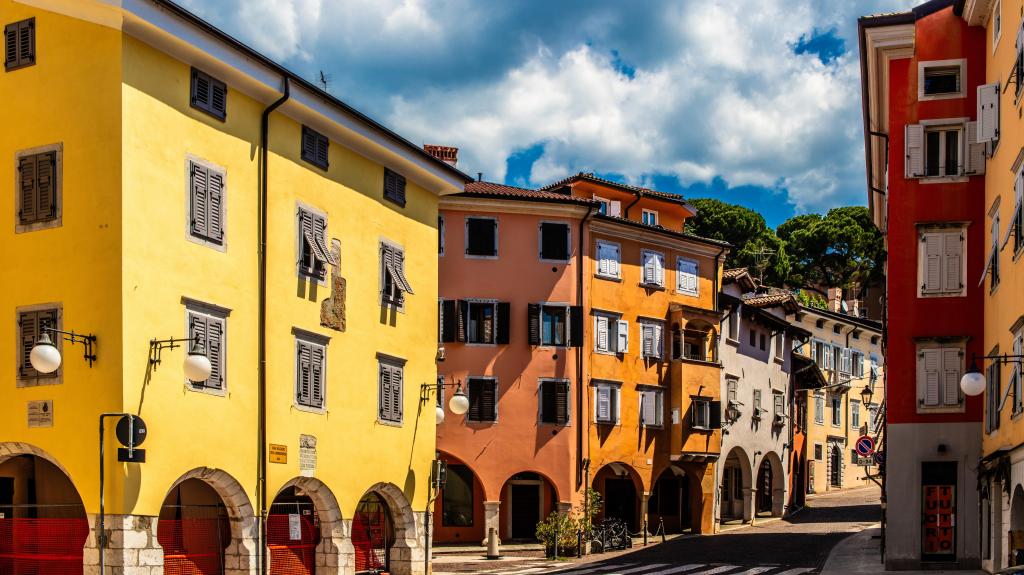

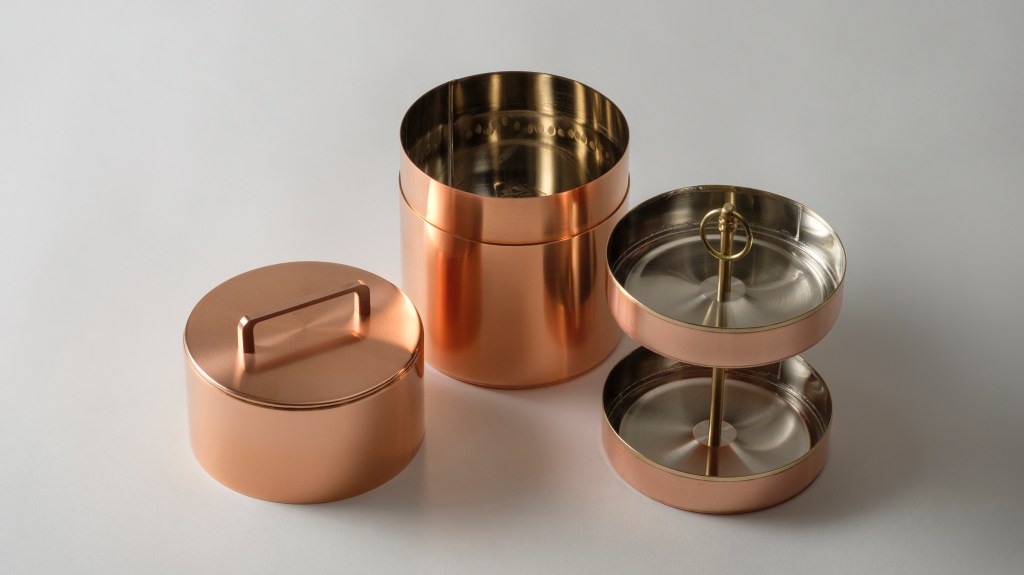

Post Comment